Feminism is a word we have all come to be so familiar with, from social media platforms to our physical and social relationships. This gives the reality that feminism has come to stay and has a place in our everyday lives but in all of these, do we truly understand what feminism means and does feminism have a place in healthcare? Feminism as defined by oxford dictionary is “the belief and aim that women should have the same rights and opportunities as men” … Simple right? Well, yes and no. The interpretation of that simple definition has led to different debates and has resulted in it being branded by some as a “men hating movement” among other labels. There is also the fact that what we understand to be feminism today has evolved over the years, particularly in the last century, with newer issues at the forefront of debates and others springing up different feminist groups and theories. Another reason for disparity in understanding are the ideals, norms and expectations passed on to us, which has placed women at a disadvantage and has reflected in different aspect of our lives including healthcare, hence the need to address its place in healthcare moving forward. This article will be discussing the place of feminism in the healthcare professional setting, in various interaction with colleagues, patients and delivering healthcare to said patients.
Over the years, we have seen the impact of feminism in healthcare with increased inflow of female healthcare workers. This is evident with more women active in formerly male dominated specialties, known as feminization in healthcare. Although, the inflow of women into male dominated specialties is been noted to be higher in middle to high income countries as compared to poor income countries. In recent times, women occupy 76% of the healthcare force which in itself is a dividend of years of feminism but sadly, women are still the minority in key decision making positions in healthcare with numbers being skewed towards more “caring and tending roles” with less decision-making responsibility. There is still a poor representation in categories like dentistry, medicine, surgery specialties, pharmacy and health management.

A very reoccurring issue seen within my environment is the assumption that every woman in a ward coat is either a nurse or an aide. This occurrence has been largely associated with the presumed gender roles that women are caretakers and men are providers thereby positioning them as doctors instead. These perceived gender roles can affect interaction between healthcare workers and patients. Men have also not been left out of this stereotype with the assumption that being a nurse is not befitting to a man. Some even go as far as suggesting that they have lost their bravado or too weak or unintelligent to have picked that profession. Feminism which has been known to advocate for an equal society for women has played an active role in dismantling this bias and thereby contributed to a safer and better interaction between doctors and patient.
In Nigeria, majority of the positions of chief medical directors have been dominated by men and some teaching hospitals have never had a female chief medical director (CMD) till date. Also, there is the problem of “gender pay gap” with male counterparts earning about 26% more than their female counterparts in some middle income countries and higher in poor income countries. This has been attributed to the culture of gender bias and discrimination which is not limited to gender pay gap. Issues like sexism, preventing promotion and hiring of more female health care workers, verbal derogatory comments are the many problems still being faced by the female health care worker. Between 1991 and 1992 a “glass ceiling” was identified which showed that female clinicians were not being promoted in the United States. This goes to show that feminism in healthcare, especially at the professional level is still at its early days.

Due to the unique nature of the female body, research has chosen that women are the biggest users of healthcare services mostly attributed to reproductive functions of the female body but are still underrepresented in researches, especially in drug research aspect as studies have shown that most drug testing and clinical trials are done on men. Does the world place the health of one-half of the population over the other? Women are 50% more likely to experience adverse effects of drugs compared to men which has been attributed to the fewer number of women participating in clinical trials and drug researches. This further points out the need for equality in healthcare because women make up to half the world’s population and therefore should experience equal access to healthcare.
Public health is an important aspect in health care that relates with the public and also addresses the cause of inequality in health which includes poverty, oppression alongside other societal factors that tend to affect a large number of women who majorly occupy the oppressed and poor population. Hence, the dire need to merge feminism ethics with public health because when public health is in firm understanding with feminism, it will be able to mirror the aim of feminism onto the public and in turn grant women who occupy the greater part of the disadvantaged group the opportunity to equality in health, which would in turn cause a huge step in achieving an equal society that benefits the entire population at large.

In retrospect, healthcare has always had founding “fathers”, some examples include Sir William Osler (father of modern medicine), John Snow (epidemiology). The constant reoccurring theme, is that, “healthcare was built on the foundation of men…” and therefore has been shaped in a way that hasn’t given adequate voice and relevance to different women issues. This model has been passed down from generation to generation and formed a large part of the medical education of every healthcare worker. This has somewhat contributed to the gender bias in treatment by female medical doctors and interaction with female patients which has spanned throughout the history of medicine and healthcare in general; from misclassification of female health workers due to stereotypes to underfunding of research associated with conditions seen in women and even misdiagnosis. A rather embarrassing point in history was when women were misdiagnosed with hysteria due to the stereotype that places women at a subordinate position either with emotions, pain or symptoms. Another research done in 1979 and 1990 showed that medical professionals did more extensive checkups on men than women with a disparity in researches aimed at women’s health respectively. This has brought into focus to just not include women in healthcare but also imbibe the ethics of equality in the future generation of doctors. The addition of feminism ethics and theories in medical education will help bridge that historical gap that has left women out of quality health options. Educating the future healthcare worker to recognize gender bias has become paramount to delivering healthcare. Feminist scholar Bell Hooks once said “feminist perspectives in the classroom affirm the primacy of critical thinking, of linking education and social justice”. Therefore, addressing the problem of inequality at the stage of delivering healthcare is a crucial step in our journey towards an equal society.
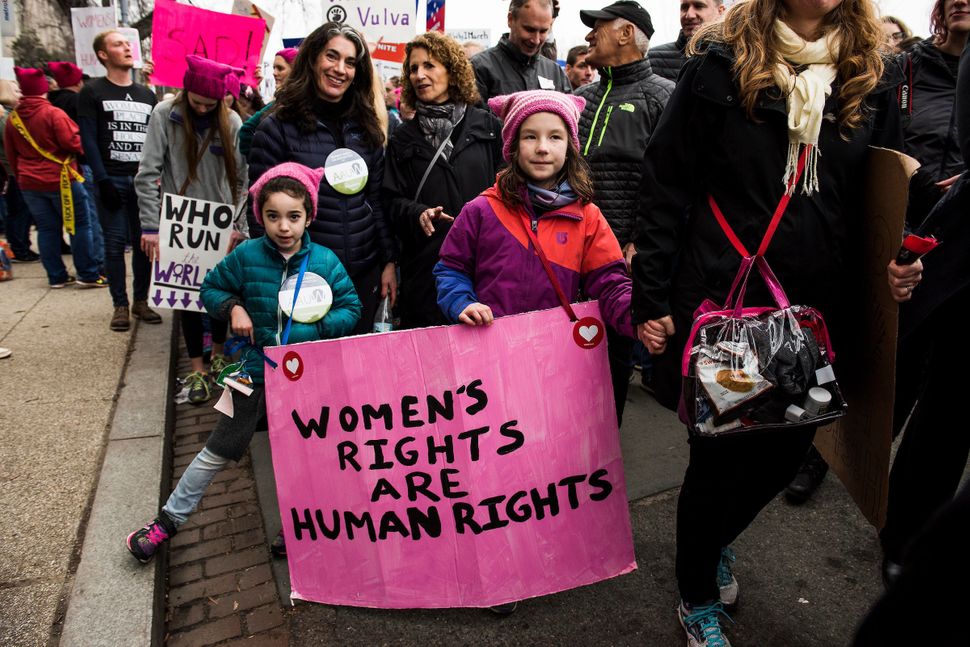
As a woman you learn you are the designated baby carrier from a young age and as funny as that might sound it holds a lot of truth and opens you to the daunting reality that you don’t fully have autonomy to decisions regarding your health, especially when associated with sexual and reproductive health. Take for example, the criminalization of abortions and the right to safe abortions being decided for women at large. Also, most of the available health governing laws are made and put in place by a male dominated government – without understanding or taking into consideration the voices of the women involved. Another intriguing aspect is the many adverse effects of contraceptives on women with lesser research done on contraceptives in men (which is the more logical step for the dominant and more baby making population). Then, there is the common absence of men during health checks of the pregnancies they fathered. This and many more has led women to believe that the problems of reproductions start and ends with them. Feminism has not only helped women recognize this unideal premise but also given them a voice to speak for themselves and their health therefore bringing significant recognition to other women issues like menstrual health, sexual pleasure, female hygiene and even more importantly FGM (female genital mutilation). In self-recognition of our own autonomy i.e. accepting that every individual should be able to make decisions for her or his health, women can confidently champion laws that uphold their health and autonomy while bringing to light and debunking practices that are injurious to their health.
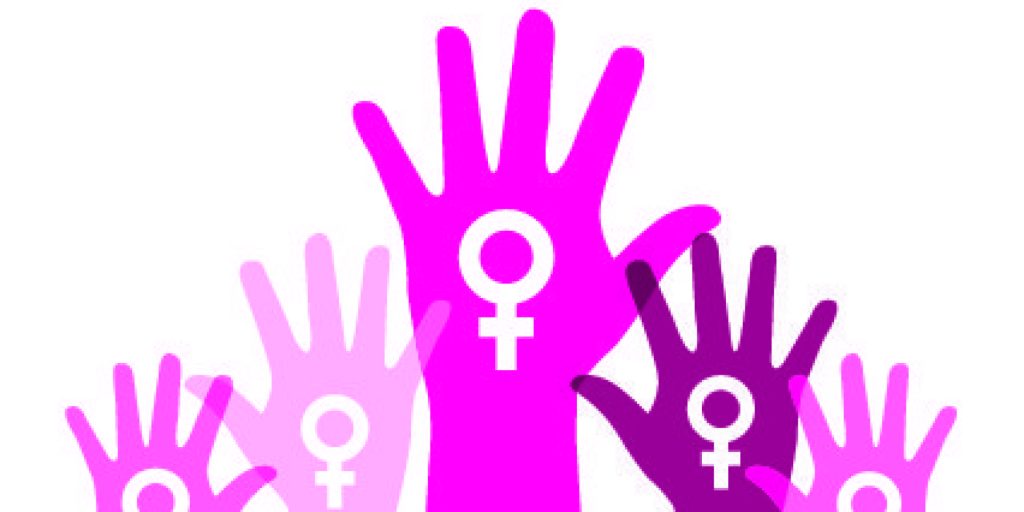
Overtime, Healthcare has undergone tremendous changes by women from the likes of Florence Nightingale to Dr Josephine Namboze more recently, who has contributed to the current image of healthcare and the milestones attributed to a healthier women population. In conclusion, feminism – which is currently in its 4th wave – focuses primarily on the place of women empowerment in our everyday lives including healthcare and other sectors. The obvious high number of female healthcare workers is a good step in the right direction and identifying that having numbers is not enough likewise the representation in power, research and decision making which affects over half the worlds’ population. Our journey with feminism in healthcare will lead us to provide the best of care without bias or favouritism and as we move on from generation to generation, we should not resist the urge to create an equal society for all and this will involve us learning about feminism and accepting it. It will also require us to unlearn the biases, sexism and other vices that has created and held down this unequal society. Elizabeth Blackwell who was the first woman to earn a medical degree in USA and co-founder of the New York Infirmary for Women and children once said, “If society will not admit of woman’s free development, then society must be remodelled”.
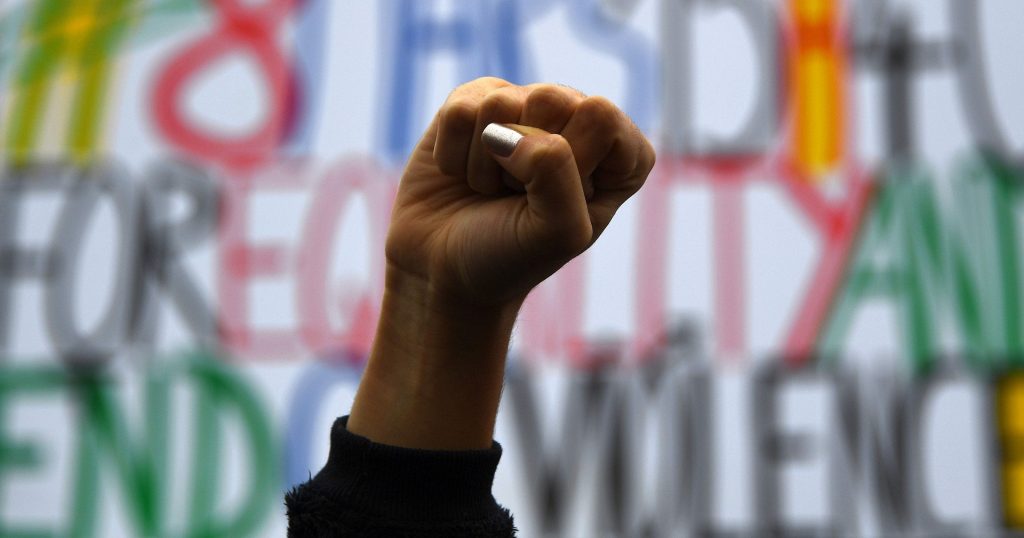
Dr. IGWE O. I. (BDS Lagos) is a dentist, business woman and astute feminist.
References:
Department of Human Resources for Health, World Health Organization (WHO) (2008) ‘Gender and health workforce statistics’, Spotlight on Statistics; A fact file on health workforce statistics, Issue 2. Available at https://www.who.int/hrh/statistics/spotlight_2.pdf
https://www.oxfordlearnersdictionaries.com/definition/english/feminism
Maguire, P. (Director General, European Institute of Womens Health – EIWH) ‘How Sex and Gender Impact the Health of Women and Men’, European Patients Forum (EPF) [Online]. Available at https://www.eu-patient.eu/News/News/how-sex-and-gender-impact-the-health-of-women-and-men/
Reynolds, K. A. (2019) ‘Gender discrimination in medicine prevalent in the form of lower pay, inappropriate conduct, survey finds’. Medical Economics, MJH Life Sciences. Available at https://www.medicaleconomics.com/article/gender-discrimination-medicine-prevalent-form-lower-pay-inappropriate-conduct-survey-finds
Rogers W. A. (2006). ‘Feminism and public health ethics’. Journal of medical ethics, 32(6), pp 351–354 [Online]. Available at https://www.ncbi.nlm.nih.gov/pmc/articles/PMC2563367/
Shannon, G., Minckas, N., Tan, D., Haghparast-Bidgoli, H., Batura, N., Mannell, J., (2019) Feminisation of the health workforce and wage conditions of health professions: an exploratory analysis. Human Resources for Health 17(72) BMC [Online]. Available at https://human-resources-health.biomedcentral.com/articles/10.1186/s12960-019-0406-0
Wikipedia (2020) Gender discrimination in the medical profession. [Online] Available at https://en.wikipedia.org/wiki/Gender_discrimination_in_the_medical_profession
www.bing.com – photo credit


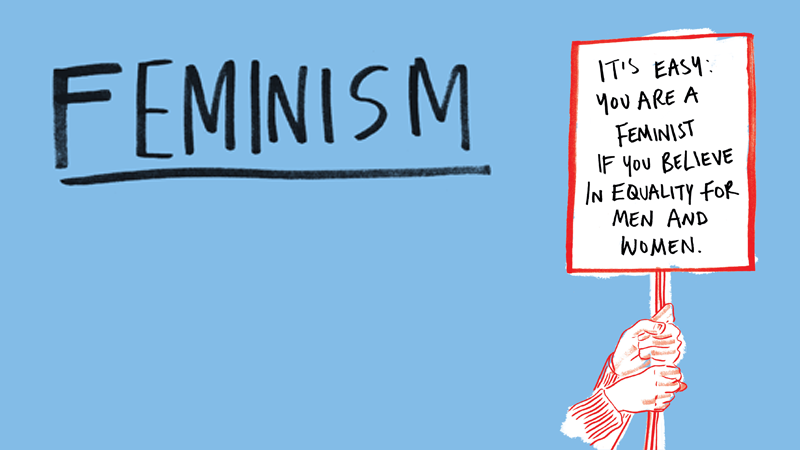

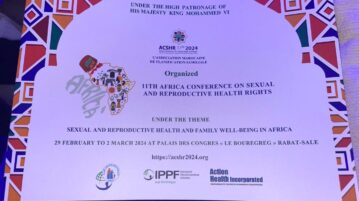
Discussion1 Comment
On the “About us” section.